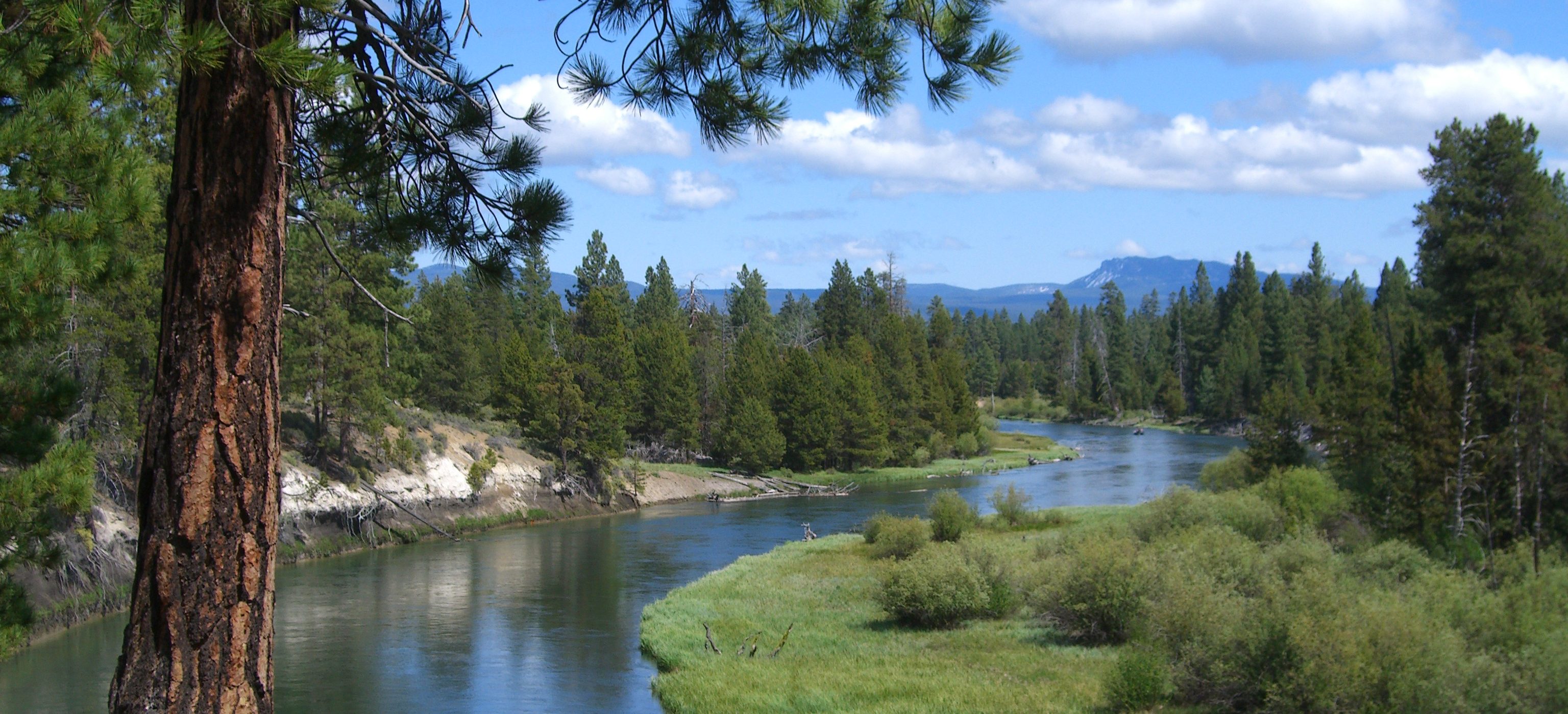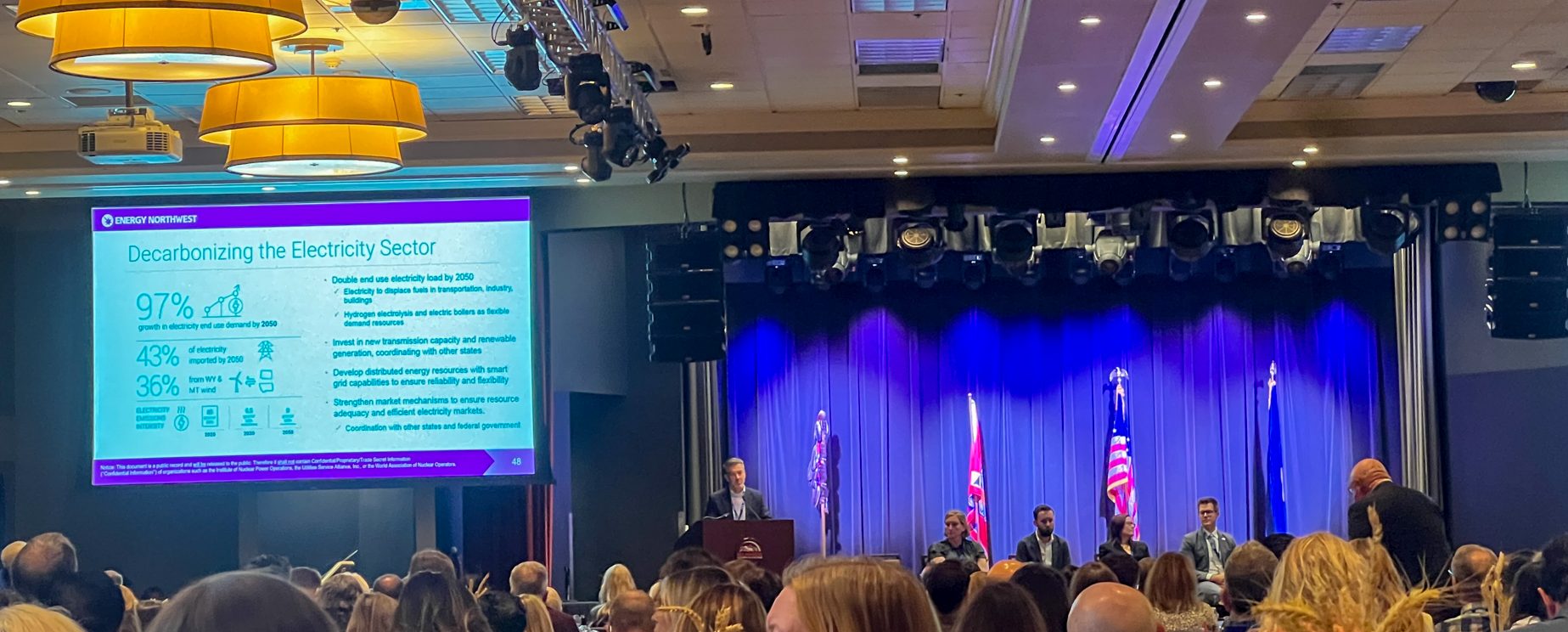Big thing in building: tiny homes
Published 11:21 am Friday, November 9, 2012
COLLEGE PLACE, Wash. Under the roof of a subdivided manufacturing warehouse off Bade Street, a dream home is taking shape.
It will have dormers, a planting area for its new owner, a skylight and as many windows as can fit on a structure no bigger than 24 feet long and 8 feet wide.
Trending
Forget for a moment the idea of bigger being better. For contractor Sharon Read, the next big thing in building is also the tiniest.
From her College Place construction base, Read specializes in a new movement in living simply: the tiny home.
Designed with creature comforts and a sense of luxury, the custom houses offer a new, stripped-down way to live.
Everything is constructed with real wood materials. But they are also foldable. Every imaginable item that goes into building the home must justify its placement and use of space, right down to the size of knobs on the cabinets.
The homes are hurricane-reinforced. Every detail about the lifestyle of the buyer is considered in the design. Models start in size at about 84 square feet on the main floor up to about 174 square feet. Lofts can be 30 to 165 square feet. Utilities depend on hookups at the property. Incinerator or composting toilets are installed.
At a cost of $19,000 for a shell to upward of $39,000 for a completed home, the buildings are more affordable for many senior citizens than a year at an assisted living facility, Read said.
Trending
Though designed as homes, clients have also used them as guest quarters on their property and for private businesses or offices, among other things.
The pendulum is swinging. Its getting away from the McMansions, Read explained on a recent tour of the facility where her tiny homes are typically built two at a time.
When you have a big house youre a slave to yourself, to your mortgage. You feel happier and more free with downsizing. With the extra money you can donate more or travel. Your house is cleaner and lighter.
Now part of a movement taking place with tiny homeowners from do-it-yourselfers to those living off the grid, the idea for the business came to Read in 2010.
The daughter of a contractor, shed been building homes for years when she realized her latest spec house would probably be left dangling on the market for who-knows-how-long. What people wanted, it seemed to her, was less. Something more affordable with less square footage and designed with the comforts of a traditional home.
She worked on her own first, building a tiny home for her back yard on the west side of the state last year. She took it to an RV show in Poulsbo, and landed several sales. Seattle Tiny Homes was born. The business moved last July to College Place, where Read could be closer to contractor Ben Klassen.
Read, who divides her time between her Walla Walla and Western Washington homes, has since received orders for her tiny homes from all over the country. The latest under construction is for an 80-year-old woman who plans to set up her tiny home on the property of her children.
Read declined to say how many shes sold thus far, but said she will be busy filling orders for them through the year.
The homes are built on custom trailers. Theyre road legal, but not considered recreational vehicles. They are never more than 24 feet long and always under 10,000 pounds so owners dont have to go through a weigh station on the road. The houses can be pulled with a three-quarter-ton pickup or a U-Haul.
Aside from the downsizing, a few challenges have emerged for folks making the transition to the smaller homes, Read said. For starters, they dont qualify for property taxes, which can be a selling point for buyers but not with municipalities. Secondly, there is no financing mechanism because its not a traditional home.
Its a house on wheels, but its not a park model RV or a mobile home, she explained. There is no category checkbox on a loan application that includes a current value and a depreciation schedule. Until that can be created and that may be a long time, Read fears buyers have to pay with cash or credit. Read said private lending sources are being explored.
Nevertheless Read said the creation of the homes is right up her alley.
One of her prime focuses as a contractor has been in spatial efficiency.
I call this my ultimate challenge, she said.
When you design a tiny house, you dont design in square feet. You design in square inches.
The work reflects the meticulous nature of the designer, who recalls early memories at 10, sitting in church and drawing floor plans of the space her dad was designing.
Read said her primary market so far has been singles and childless couples, as well as retirees and those using the buildings for nonliving functions, including a mobile barber shop. Im finding out that the portable aspect is attracting people, she said.
The concept for many is one that may take time to process. But the interest in it is far and wide. Just this week, a couple from Australia came over to tour the shop and a finished home and learn from Read so they can start their own tiny home business, too. Opportunities abound for consumers who want to build their own or tap into high-end tiny homes, she said.
Im meeting the market that doesnt want to do it themselves, Read explained. Were literally creating the market.









